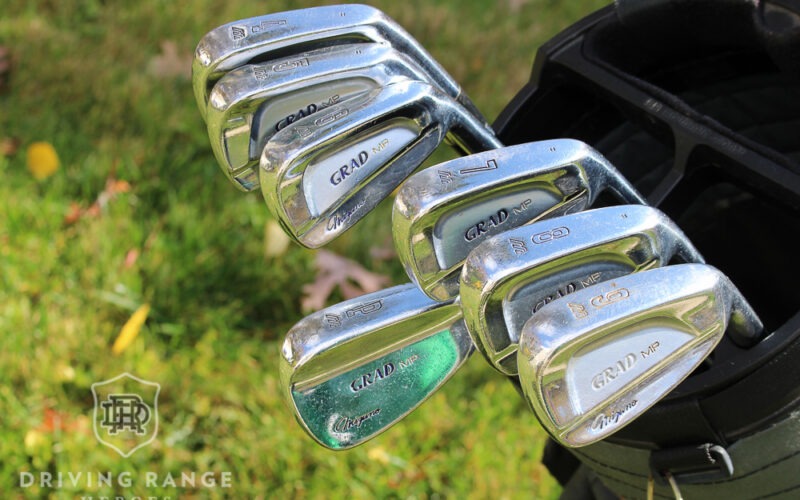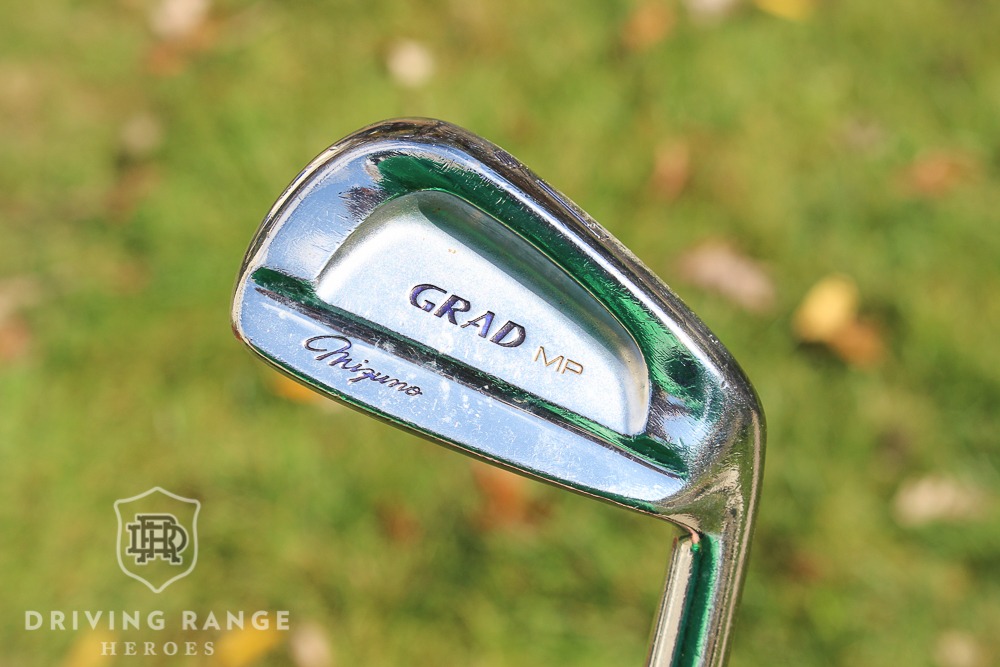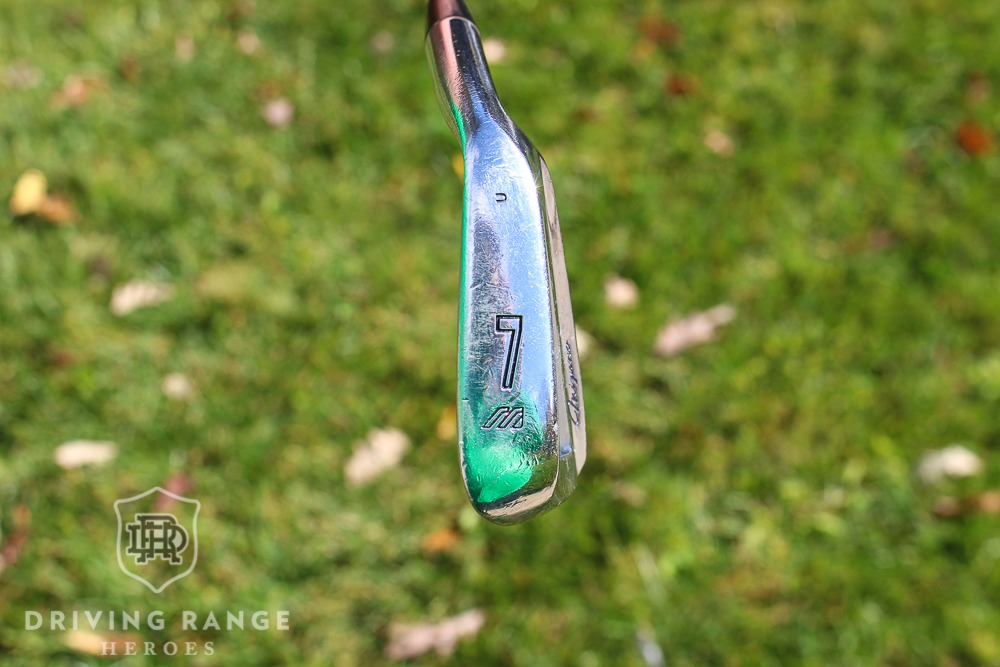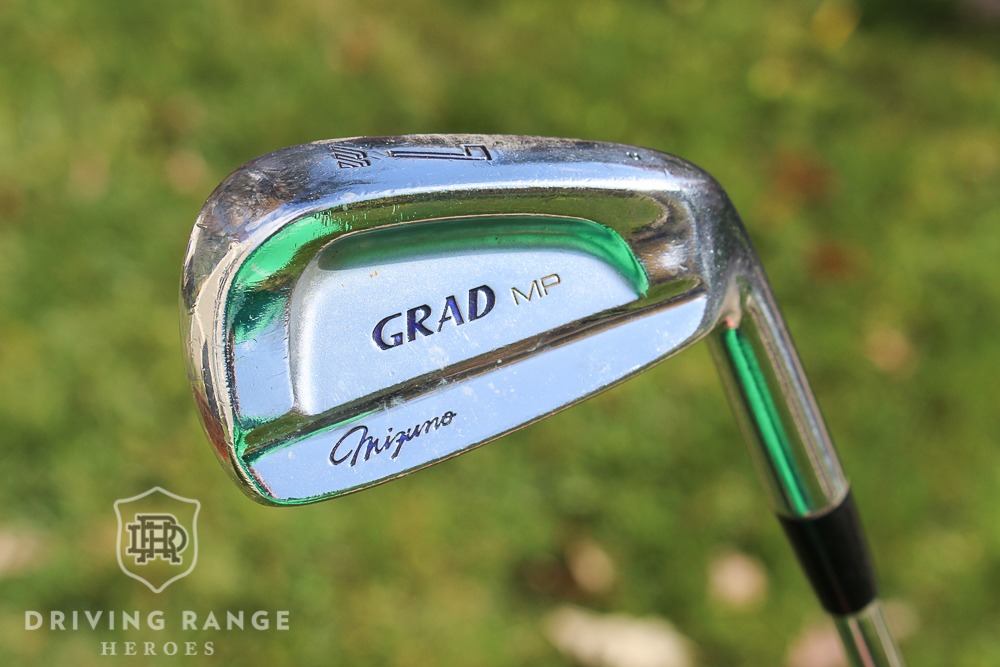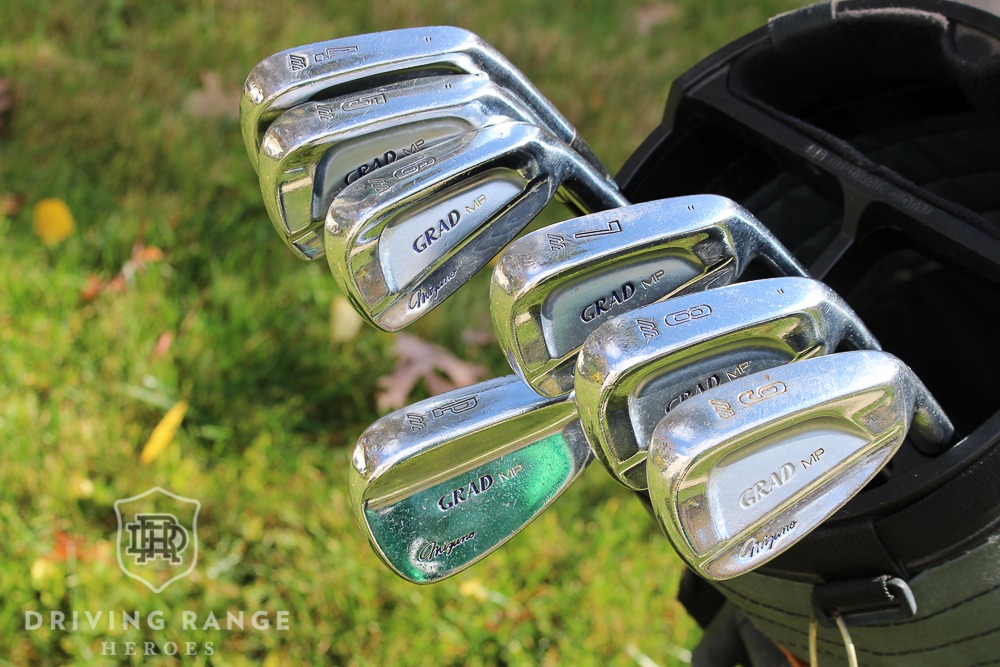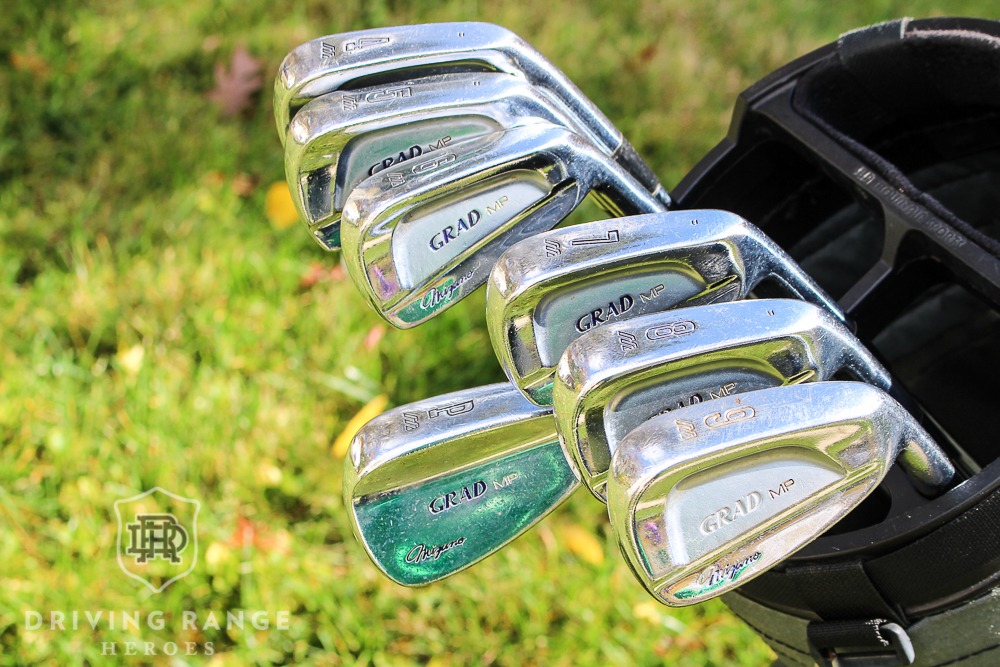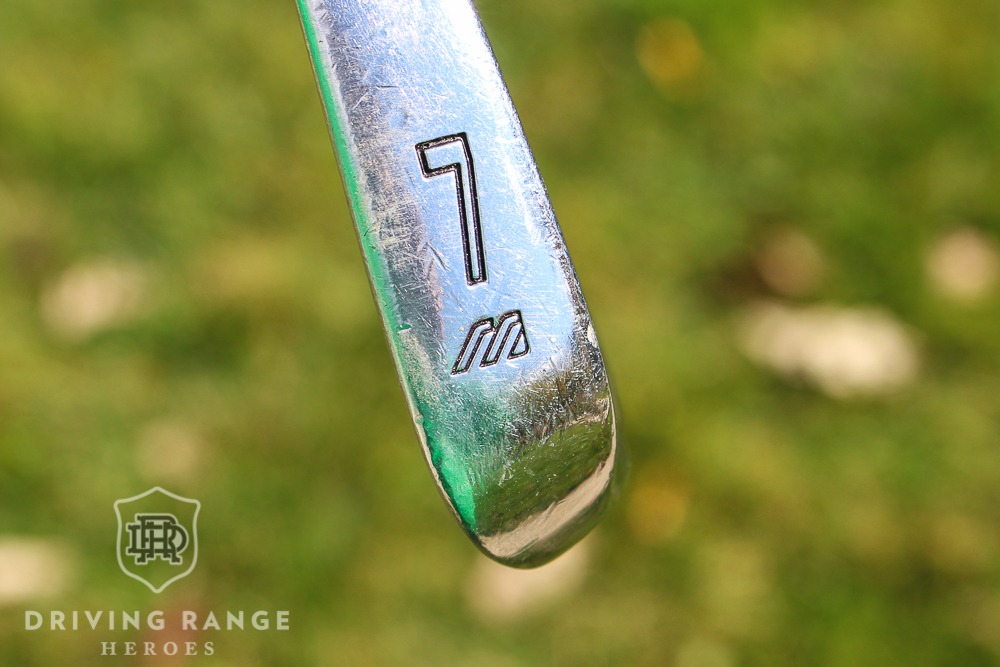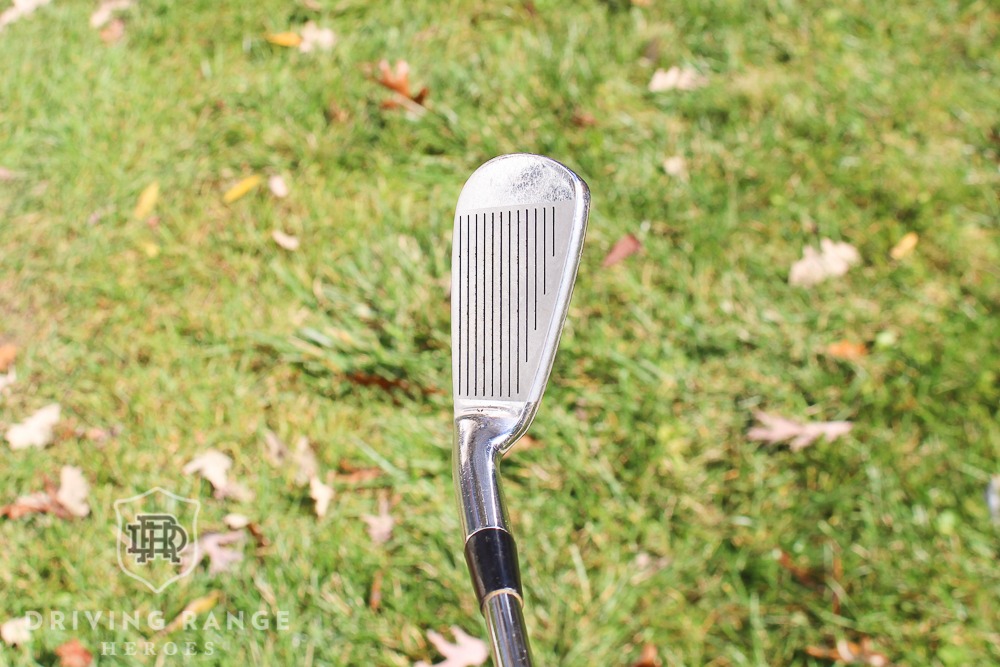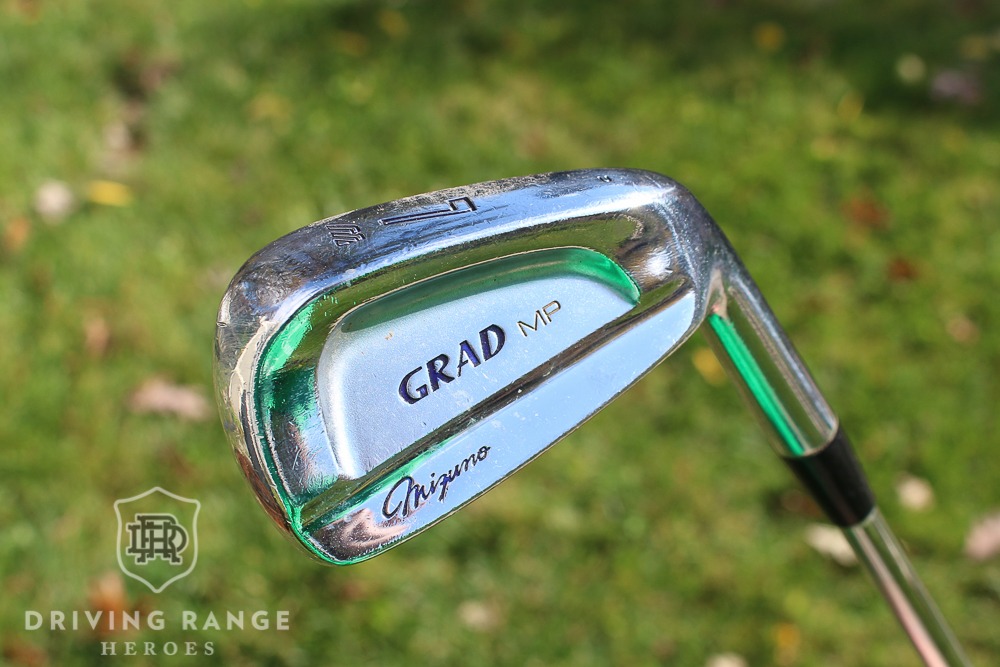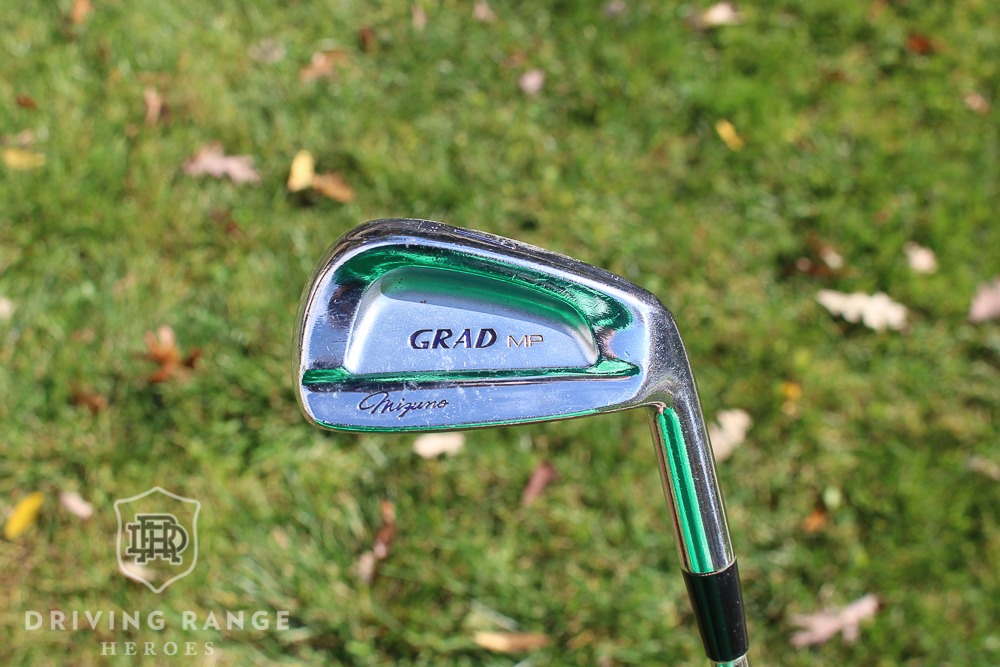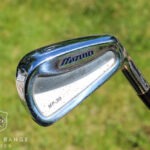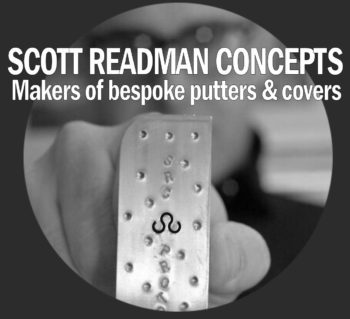The Genesis of Mizuno GRAD MP Irons
The story of the Mizuno GRAD MP irons begins in the late 1980s when Mizuno embarked on a quest to create a line of irons specifically designed for discerning golfers who demanded the utmost in performance and feel. This was the very beginning of their forged MP irons legacy. The MP lineage of irons would become one of the highest-regarded forged blade irons in golf both past and present. Shapes, sizes, and appearances would change, but the reputation of impeccable feel and craftsmanship was quickly established.
The Legacy of the Mizuno GRAD MP Irons
Introduced in 1993, the original Mizuno GRAD MP irons were predecessors to the T-Zoid Pro irons. The T-Zoid would become a classic in its own right inspiring many future irons. GRAD standing for “GRADuated cavity back”, the GRAD MPs feature a sleek, compact head shape, thin topline, and forged construction. These irons catered to a stronger ball striker seeking a little forgiveness courtesy of a perimeter-weighted cavity back.
While the Mizuno GRAD MP irons aren’t likely the first club that comes to mind when you hear “Mizuno MP”, they’re still a great club. Like most classic MP irons, they are renowned for their exceptional feel, precision, and clean looks. In a time where the top brands were still trying to figure out how to make good looking blades with a cavity back design, Mizuno delivered a best-in-class option that, in my opinion, far surpassed the competition. ESPECIALLY in a forged head rather than cast.
It’s also worth noting that there were two GRAD iron models. There was the GRAD MP pictured here, and then the slightly larger standard GRAD. From what I can tell, the standard GRAD had a wider sole and a little more offset.
Putting the Mizuno GRAD MP in Play
I’ll tell you what, there’s not much better than a Mizuno forged blade from the 90s to early 2000s. The MP-33, MP-14, MP-29, etc… Just so good. Some of the best feel ever found in forged irons. Generally, I wouldn’t tell you that these irons are typically known for being the most forgiving or having the biggest sweet spot. A lot of these clubs also have super thin soles that aren’t super generous through the turf. Overall, these characteristics often meant these clubs were typically only playable by better ball strikers.
What I found through the handful of times I’ve taken the GRAD MPs out is that they have that signature feel and control of a Mizuno blade, but they’re a lot less challenging to hit than something like an MP-33. That said, I don’t think anyone is going to mistake the GRAD MP for an ultra-forgiving iron. They’re definitely not. The sweet spot is a little larger and it’s a bit easier to get the ball in the air, but that’s about it. You’re still going to want to be a better ball striker to play these clubs. If you can handle them, they feel really smooth and “they don’t forge them like they used to”, let me tell ya. Even with the pre-Project X stock Brunswick Precision Rifle 6.5 steel shafts, they still felt great!
Final Thoughts – A Legacy of Precision and Innovation
There’s no question that Mizuno forges a strong iron, but one might argue the current models aren’t as good as the classics. The Mizuno forged irons of the mid/late 90s into the early 2010s might be some of the greatest golf clubs ever made. These Mizuno GRAD MP irons certainly capture some of that magic and are reminiscent of the classics. I will say that they are far less aesthetically pleasing than their close relative, the MP-32, but from address, the GRAD MP belongs in the same conversation as almost any other great Mizuno blade. As one of the less “popular” irons in Mizuno’s long legacy, you can stumble upon a nice set of GRAD MPs at really reasonable prices. If you find a set for cheap, it’s one of the best deals you’ll find in used golf clubs!

